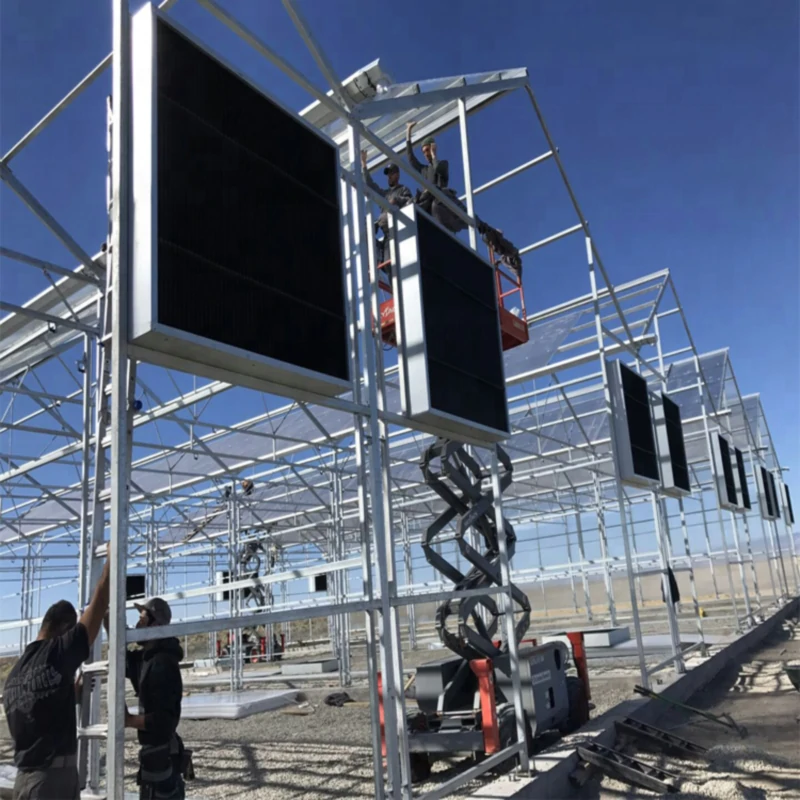What is green house polythene sheet?
A greenhouse polyethylene sheet, also known as greenhouse film or poly film, refers to a type of plastic sheeting made from polyethylene material that is commonly used for covering or glazing greenhouses. It is a lightweight, flexible, and cost-effective option for greenhouse construction.
Here are some key features and characteristics of greenhouse polyethylene sheets:
- Material: Greenhouse polyethylene sheets are made from polyethylene, a type of thermoplastic polymer. Polyethylene is chosen for its durability, flexibility, and ability to transmit light.
- Light Transmission: Polyethylene films are designed to allow a significant amount of sunlight to pass through. The level of light transmission can vary depending on the specific type of polyethylene film and its additives. Greenhouse poly films are available in different grades, ranging from clear to translucent or diffused, which affects the amount and quality of light entering the greenhouse.
- UV Stabilization: To protect plants from harmful ultraviolet (UV) radiation, greenhouse polyethylene films are often treated with UV stabilizers. These additives help to extend the lifespan of the film by reducing degradation caused by UV exposure.
- Thickness: Greenhouse polyethylene sheets come in various thicknesses, typically measured in mils (thousandths of an inch) or microns. Thicker films offer increased durability and insulation properties. The appropriate thickness is determined by factors such as the greenhouse size, climate conditions, and the desired level of insulation.
- Durability: While not as durable as rigid materials like glass or polycarbonate, greenhouse polyethylene films are designed to withstand the rigors of outdoor use. They are resistant to tearing, puncturing, and degradation from weather elements when properly installed and maintained. However, they have a limited lifespan compared to more rigid materials.
- Heat Retention and Insulation: Greenhouse poly films provide some level of insulation, helping to retain heat inside the greenhouse during cooler periods. The insulation properties of polyethylene films can be enhanced by using double layers or adding an additional layer of inflation to create an insulating air pocket.
- Customization: Greenhouse polyethylene sheets can be easily cut and shaped to fit the dimensions of the greenhouse structure. They can be secured to the framework using various attachment methods, such as clips, channels, or tapes.
- Cost-Effectiveness: Greenhouse polyethylene films are generally more affordable compared to rigid glazing materials like glass or polycarbonate. They offer a cost-effective option for greenhouse coverings, particularly for smaller or temporary structures.
- Lifespan: The lifespan of a greenhouse polyethylene sheet can vary depending on factors such as UV exposure, climate conditions, and maintenance. On average, polyethylene films may last from one to five years, although higher-quality films with UV stabilizers can last longer.
Green house polyethylene sheets are popular among hobbyist gardeners, small-scale growers, and those looking for a cost-effective solution for greenhouse construction. They provide adequate light transmission, some insulation properties, and protection from UV radiation. However, it’s important to consider the specific requirements of the greenhouse and the desired lifespan when selecting polyethylene films, as they may require replacement more frequently compared to more rigid glazing materials.
Can you provide some tips on how to properly install and maintain greenhouse polyethylene sheets?
Here are some tips for the proper installation and maintenance of greenhouse polyethylene sheets:
Installation:
- Prepare the greenhouse frame: Ensure that the greenhouse frame is structurally sound and free from any sharp edges or protrusions that could potentially damage the polyethylene sheet.
- Measure and cut the polyethylene sheet: Measure the dimensions of each greenhouse wall and roof section, allowing for some overlap. Use a sharp knife or scissors to cut the polyethylene sheet to the appropriate size.
- Secure the sheet to the frame: Start by attaching the sheet to one end of the greenhouse frame, using appropriate attachment methods such as clips, channels, or tapes designed for polyethylene films. Gradually work your way along the frame, pulling the sheet taut and securing it at regular intervals. Avoid overstretching, as it can lead to premature tearing.
- Create proper ventilation: Install appropriate vents, windows, or fans to ensure proper airflow within the greenhouse. Adequate ventilation helps regulate temperature, humidity, and airflow, reducing the risk of condensation and disease development.
- Create an inflation layer (optional): To enhance insulation and reduce heat loss, you can create an inflation layer by installing a second layer of polyethylene film. This layer is inflated with a blower or fan, creating an insulating air pocket between the two layers.
Maintenance:
- Regular inspection: Periodically inspect the polyethylene sheet for any signs of damage, such as tears, punctures, or degradation. Address any issues promptly to prevent further damage.
- Clean the sheet: Clean the polyethylene sheet periodically to remove dust, dirt, and debris that can reduce light transmission. Use a mild soap solution or a specialized greenhouse cleaner, and rinse thoroughly with water.
- Remove snow buildup: In areas with heavy snowfall, regularly remove accumulated snow from the greenhouse roof to prevent excessive weight and potential damage to the polyethylene sheet.
- Repair small damages: Small tears or punctures can be repaired using specialized greenhouse repair tapes or patches. Follow the manufacturer’s instructions for proper application.
- Maintain UV protection: Over time, the UV stabilizers in the polyethylene film may degrade, reducing its resistance to UV radiation. If the sheet becomes discolored or brittle, it may be time to replace it. UV-protective sprays can also be used to enhance the film’s UV resistance.
- Replace as needed: Greenhouse polyethylene sheets have a limited lifespan, typically lasting from one to five years. Monitor the condition of the sheet regularly and replace it when signs of significant degradation or damage are present.
Remember to consult the manufacturer’s recommendations and guidelines specific to the polyethylene film you are using, as some products may have unique installation and maintenance requirements.
Proper installation and regular maintenance of greenhouse polyethylene sheets will help ensure optimal performance, durability, and longevity of the covering, creating an ideal growing environment for your plants.

Comments are Disabled